Leading market players are investing heavily in research and development in order to expand their product lines, which will help the Backpack Market, grow even more. Market participants are also undertaking a variety of strategic activities to expand their global footprint, with important market developments including new product launches, contractual agreements, mergers and acquisitions, higher investments, and collaboration with other organizations. To expand and survive in a more competitive and rising market climate, Backpack industry must offer cost-effective items.
Manufacturing locally to minimize operational costs is one of the key business tactics used by manufacturers in the global Backpack industry to benefit clients and increase the market sector. In recent years, the Backpack industry has offered some of the most significant advantages to medicine.
Major players in the Backpack Market, including Adidas AG (Germany), Under Armor Inc. (U.S.), Patagonia Inc. (U.S.), Puma SE (Germany), Wildcraft (India), Samsonite IP Holdings S.AR.L (Hong Kong), Dakine Inc. (U.S.), Deuter Sport GmbH (Germany), Moët Hennessy Louis Vuitton (LVMH) (France), Safari (India) and others, are attempting to increase market demand by investing in research and development operations.
The business of adidas AG (adidas) is designing, producing, and marketing athletic and sports lifestyle products. The company's product line consists of footwear, apparel, and accessories like bags, sunglasses, sports equipment, and balls. The company sells and distributes its products through franchise stores, stores under its own brand, retail stores, wholesale stores, chains for sports goods, buying organizations, department stores, chains for lifestyle retail, and internet retailers. Additionally, it promotes its goods through e-commerce websites and mobile shopping applications. The marketing of adidas products uses the adidas brand. Additionally, it participates in several product franchises.
The organization operates throughout the Middle East, Europe, the Americas, Asia-Pacific, Africa, and other places. adidas has its headquarters in Herzogenaurach, Germany.
LVMH Moet Hennessy Louis Vuitton SE (LVMH) creates and sells upscale goods. The company offers a variety of goods, including clothing, leather goods, alcohol, jewelry, watches, fragrances, and cosmetics. LVMH markets a number of brands, including Christian Dior, Guerlain, Givenchy, Kenzo, Louis Vuitton, Celine, Emilo Pucci, Loewe, Nicolas Kirkwood, Make Up For Ever, and Zenith. In addition to offering cruise services and conducting selective retail commerce, it also engages in a variety of other activities under the DFS, La Grande Epicerie de Paris, Sephora, and Le Bon Marche Rive Gauche brands.
The corporation's business activities are dispersed throughout the US, Europe, Asia, and the Middle East. The LVMH corporate office is located in Paris, France.


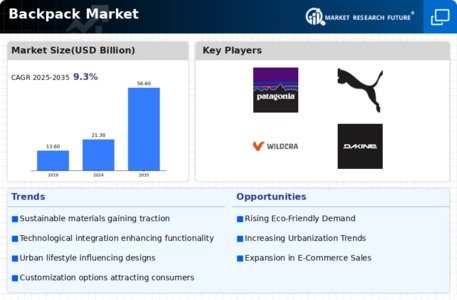
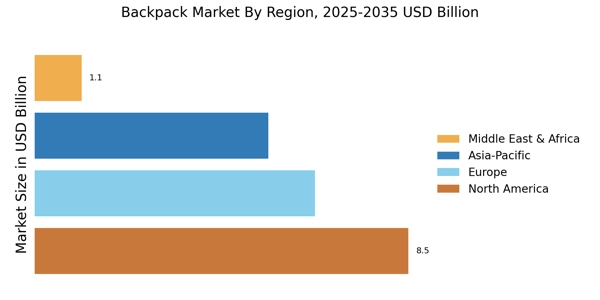
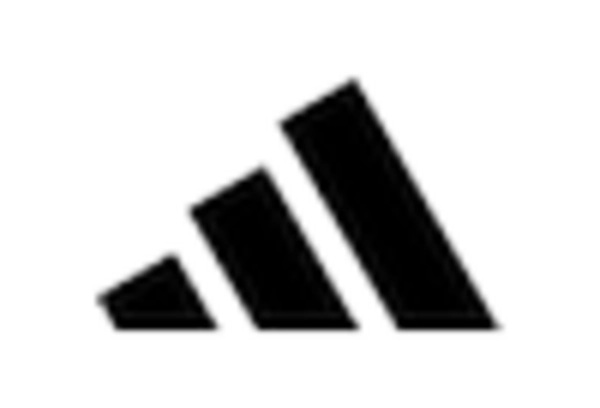
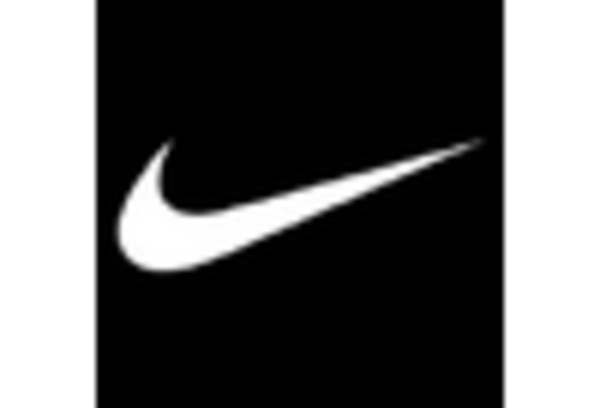
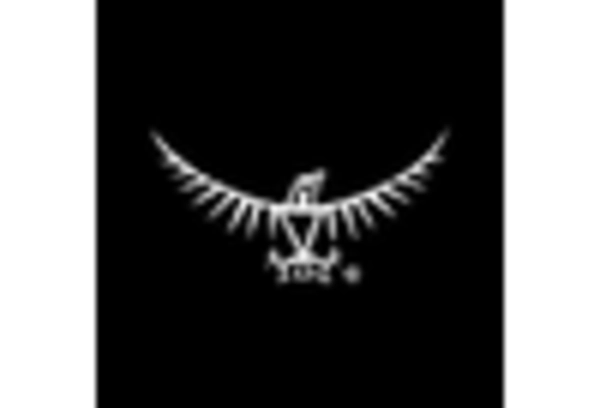
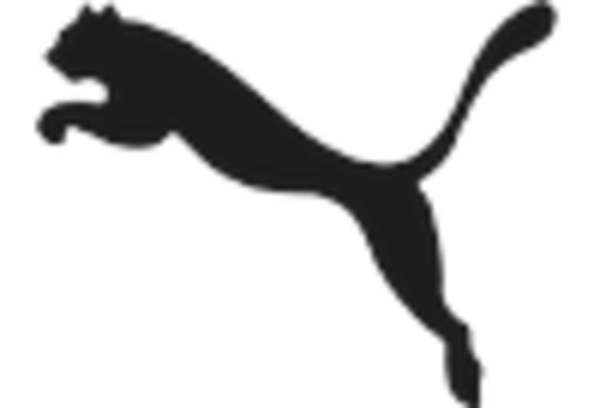
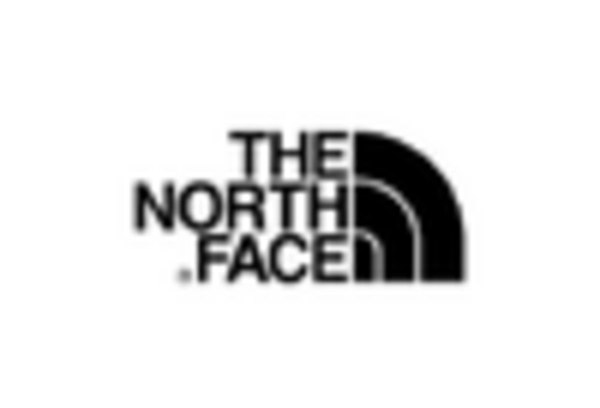
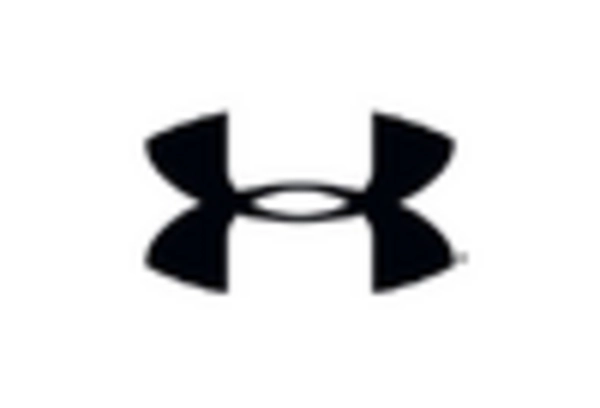








Leave a Comment